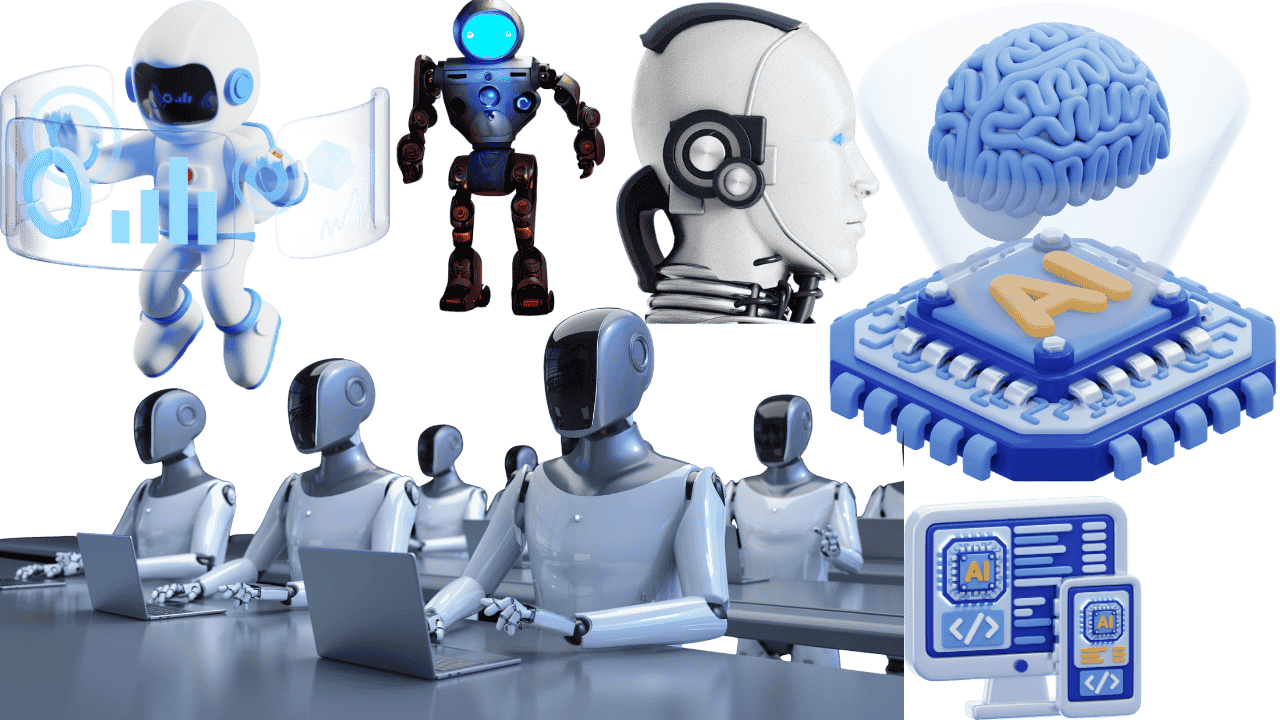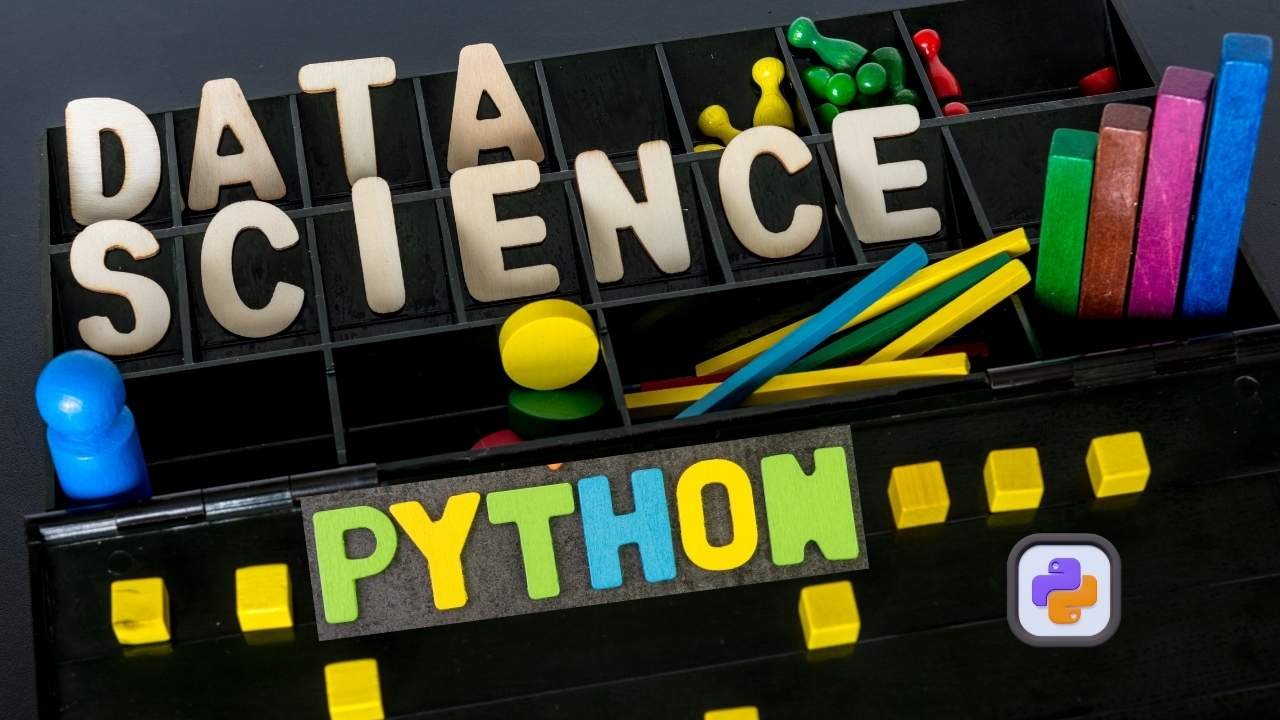The Future of Design: The Impact of AI on 3D Model Generation

As a game developer, architect, product designer, or 3D artist, grappling with the precision and scale required to produce 3D assets is challenging. The same holds true for your industry peers. The fast-paced world of digital design is currently experiencing its greatest demand ever! To tackle this issue in a modern way, there are AI 3D model generators, which use state-of-the-art artificial intelligence technologies to automate the 3D model generation process while requiring next to no human interaction or input.
In this blog post, we will look at the design industry’s incorporation of AI-generated models, their workings, advantages, top ranking platforms, and most importantly, how they enhance efficiency of the creative workflow.
What Features a 3D Model Generator with AI?
AI 3D model generator apps as anyone of us could imagine are hardware systems or software programs which use machine learning algorithms to produce 3D models automatically from user provided 2D images, rough sketches or text instructions. These programs operate with one major aim: simplification of the design process so that even a novice can engage with such systems without prerequisites.
Designers no longer have to spend hours adjusting meshes or sculpting polygons since they can now say what they want, such as “a cozy wooden cabin” and let artificial intelligence do the rest.
What Features a 3D Model Generator with AI?
AI 3D model generator apps as anyone of us could imagine are hardware systems or software programs which use machine learning algorithms to produce 3D models automatically from user provided 2D images, rough sketches or text instructions. These programs operate with one major aim: simplification of the design process so that even a novice can engage with such systems without prerequisites.
Designers no longer have to spend hours adjusting meshes or sculpting polygons since they can now say what they want, such as “a cozy wooden cabin” and let artificial intelligence do the rest.
Why Utilize AI in 3D Modeling?
Tools for 3D modeling, such as Blender, Maya or 3ds Max, are very competent. However, their use requires intensive learning and a great deal of manual work. AI 3D model generators solve this problem with the following benefits:
- Efficiency and Speed
Creation of intricate 3D assets is done in seconds through the use of AI technology. Fast turnaround enables prompt prototyping, quick iterative tests, and meeting demanding deadlines, all without quality loss.
- Cost Effective
Expenses for hiring a 3D artist or acquiring models from a marketplace are high. Creators and businesses reduce production costs dramatically with AI generated 3D models.
- User-friendly
The majority of AI 3D modeling applications are intuitive. They demand little to no technical skills, so even novices can produce striking 3D assets with mere clicks.
- Adaptable and Al scalable
AI outputs can be tailored to particular styles, themes or project requirements. These outputs are mass produced for games, virtual worlds or product catalogues ensuring adaptability for other requirements too.
Main applications of AI generated 3D models
Creation of AI generated 3D models is beneficial across several sectors
- Gaming
Fill 3D virtual environments with unique AI generated assets like buildings, characters, or props with ease.
- E-business
Create spectacularly realistic three-dimensional images of products
How The 3D Model Generators From AI Work
Modern AI 3D model generators often depend on sophisticated deep learning models like GANs (Generative Adversarial Networks) and diffusion models. Here’s an overview of the steps involved:
- Input Data
The user gives a prompt in the form of a text description, sketch, or an image.
- Data Processing
An AI employs either natural language processing or computer vision algorithms to step into the user’s shoes and perceive the input
- Model Generation
The AI predicts and constructs a 3D shape, including textures and geometry, using trained datasets
- Final Model
Models generated by the AI are accessible in .OBJ, .FBX, .GLB and other standard 3D formats for use in different software.
Some tools provide additional functions that enable users to edit the models after generation to achieve desired accuracy.
Top AI-Driven 3D Model Creation Tools in 2025
Today, the following platforms feature some of the most advanced AI 3D model generation tools
- Luma AI
With Luma AI, 3D models can be created utilizing neural rendering and photogrammetry techniques based on video footage captured with a smartphone.
- Kaedim
Game development studios extensively use Kaedim which transforms concept art to 3D models and offers option for live changes.
- Spline AI
With Spline AI, web designers and UI/UX specialists can create 3D web environments using basic prompts to request functionality from the AI.
- Meshy.ai
Utilizing deep learning and cloud rendering, Meshy.ai focuses on creating textured 3D models from 2D images or sketches
- Masterpiece Studio
Masterpiece Studio enables the generation of AI rigged and animated 3D characters, providing support for AR and VR features
Advantages of SEO for Companies provided with 3D Models
Not only do AI generated 3D models save time, but they also have the potential to increase your SEO profile. Here are some ways:
- Enhance Page Load Speeds
User experience is further enhanced as adjoined pages load faster due to the use of AI optimized 3D assets.
- Interactive Content
3D Models embeded onto product pages keeps user’s attention increases interaction time and reduces bounce rate
- Rich Media Snippets
The use of rich and captivating media like 3D/AR is favored in google search hence, AI generated 3D models increase chances of being listed higher.
- Visual Search Optimization
Your 3D imaging gives you a chance to rank higher in search engine results and voice queries, especially with over 3D images.
By integrating 3D content into your website, especially if it’s AI-generated, you position your brand as innovative, engaging, and future-ready.
Challenges and Limitations
AI 3D model generators are remarkable but they also possess certain drawbacks
- Inaccuracy
Some models may need manual cleanup and retopology.
- Limited Range
Some AI tools could struggle to reproduce highly intricate or specific styles.
- Ethical Issues
Utilizing copyrighted references or datasets can create IP and licensing problems.
In spite of these limitations, technological improvements are being made and quite a few tools now have human-in-the-loop workflows to retain creative input.
Final Thoughts
The emergence of AI 3D model generators offers new possibilities for digital creators. Whether you are developing for games, apps, architecture, or marketing, these technologies enable the production of high-quality 3D content in record time and with unprecedented cost efficiency
The impact of AI on 3D modeling will continue to grow in tandem with its evolution. If you are not utilizing AI for 3D design, then it’s time to do so. Embrace AI to redefine the boundaries of creativity with your projects and explore limitless possibilities.
Frequently Asked Questions (FAQ)
Q: Are AI 3D model generators suitable for professionals?
A: Yes. Pro-level functionalities are available in many AI tools now with seamless integration to renowned 3D platforms such as Blender, Unity, and Unreal Engine
Q: Is it possible for AI to develop rigged or animated models?
A: Some services, such as Masterpiece Studio, provide rigging alongside an animated model’s parts division, enabling efficient animation integration.



